Some freshwater fish grow very slowly and are rare in number, so their prices are high, and some have been sold for astronomical prices. The top ten most expensive freshwater fish species include Dali Schizothorax, Yangtze River Swordfish, Fuyuan Anchovy, Taishan Red Scale Fish, Yangtze River Anchovy, Songjiang Perch, Kanglang Fish, Army Fish, Huaiwang Fish, Yellow River Carp, etc. These fish species may have small stocks or are endangered. Because of this, they can be sold at high prices. They can be said to be the top ten most expensive freshwater fish. Let’s take a look.
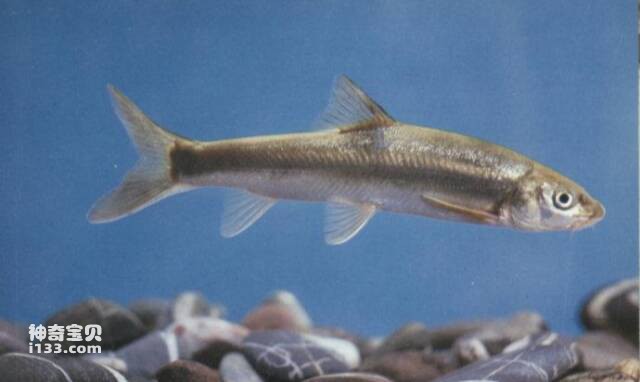
1. Dali Schizothorax
Dali Schizothorax, also known as Dali carp, is a fish found in freshwater lakes such as Erhai Lake and Dianchi Lake in Dali, Yunnan Province, China. The sides of its body are flat and oval, the back is slightly raised, the head is small, and the mouth is slightly slanted. Adult fish can reach more than 60 centimeters in length and weigh more than 1 kilogram. Dali Schizothorax is popular for its tender meat and delicious taste, and is especially famous for its fish head. According to traditional belief, eating the head of Dali Schizothorax can nourish the brain, keep fit and enhance memory. Modern nutrition science has also confirmed this statement. It is believed that Dali Schizothorax is rich in a variety of essential amino acids and unsaturated fatty acids, which is beneficial to improving intelligence and memory. In addition to the fish head, the meat of Dali Schizothorax can also be used to make various dishes, such as stewed, braised, etc., and has high nutritional value.
Since they grow extremely slowly and are rare, they are more expensive. Generally speaking, the price of Dali Schizothorax depends on its size, place of origin, market demand and other factors. As far as I know, in the Chinese market, the purchasing price per kilogram ranges from several thousand to tens of thousands of RMB. In some high-end restaurants or fish specialty stores, an adult Dali Schizothorax can even be sold for hundreds of thousands of yuan.

2. Yangtze saury
Yangtze saury, also known as Yangtze saury, is one of the common freshwater fishes and is distributed in the middle and lower reaches of the Yangtze River and its tributaries in China. Its body is cylindrical, with a pointed head and a large mouth. Adult fish can reach more than 1 meter in length and weigh more than 10 kilograms. Yangtze saury is popular for its tender meat and delicious taste. It is one of the famous special ingredients in the Jiangnan region of China. The best eating season for Yangtze River saury is from July to September every year. During this period, the Yangtze saury is the most plump and tastes best. Yangtze saury can not only be made into various dishes, such as steamed, braised, etc., but can also be made into processed foods such as dried fish and fish balls. At the same time, Yangtze saury is also rich in various nutrients, such as high protein, low fat, various amino acids and unsaturated fatty acids, which are beneficial to human health.
Wild saury in the Yangtze River is a rare freshwater fish, known as the "Treasure of the Yangtze River" because of its limited quantity, difficulty in catching and unique taste. Due to the scarcity of wild resources, the price of wild saury in the Yangtze River is relatively high. Depending on market conditions, supply and demand and other factors, the price of wild saury in the Yangtze River may range from a few hundred yuan to thousands of yuan per catty. It should be noted that due to the country’s strengthening of wildlife protection in recent years, the fishing and sales of wild saury in the Yangtze River have also been subject to certain restrictions. It is recommended that consumers choose products purchased through formal channels when purchasing to avoid buying fake or illegally caught swordfish.
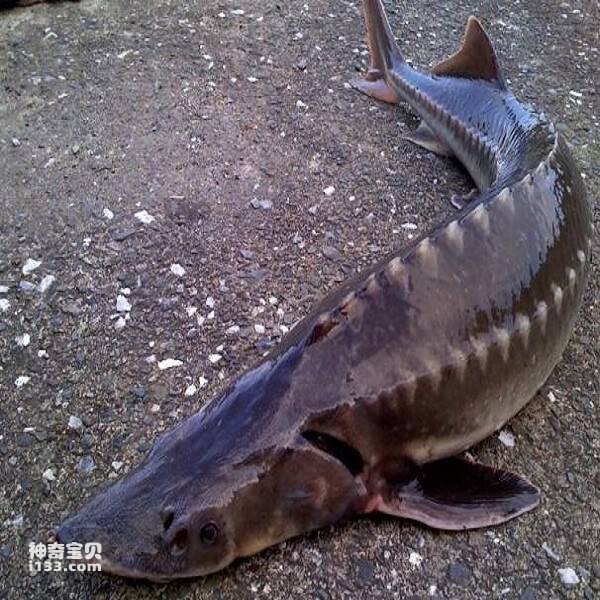
3. Fuyuan catfish
Fuyuan catfish, also known as black catfish and big black sea bream, is a deep-sea fish that is widely distributed in the waters of northeastern my country, especially the Bohai Bay, Yellow Sea and Liaodong Bay near Fuyuan City. This breed has an oval body, a slightly convex back, relatively flat sides, a large mouth, a short head, and relatively large eyes. Adult fish can reach more than 1 meter in length and weigh more than 10 kilograms. Because this variety grows slowly and is available in limited quantities, the price is relatively high. Depending on market conditions, supply and demand and other factors, the price of Fuyuan catfish may range from tens to hundreds of yuan per catty.
Fuyuan catfish has tender meat and delicious taste, and is known as a "treasure of the sea." Due to the slow growth rate and limited quantity of this species, the price is relatively high and it is one of the delicacies on high-end seafood tables. In addition to being made into various dishes, Fuyuan catfish can also be used to stew soup, steam food, etc. It is rich in nutrients and has high medicinal value. It is also regarded as a good medicine for tonifying the kidneys, strengthening the yang, moistening the lungs and relieving coughs among the people.
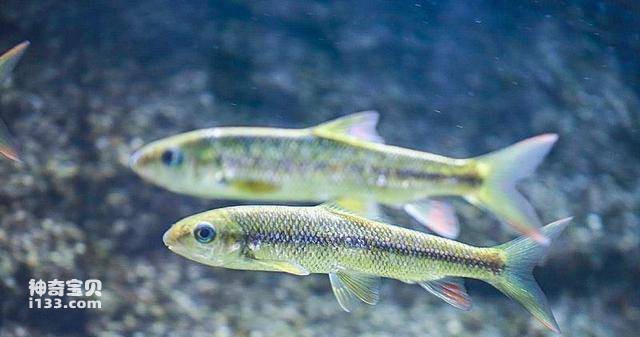
4. Taishan red scale fish
Taishan red scale fish is a freshwater fish from Taishan area in Shandong Province, China. It is known as "a good food for nourishing the lungs". The body of this species is oval, with a slightly arched back, relatively flat sides, a slightly pointed head, and a small mouth. Adult fish can reach more than 50 centimeters in length and weigh more than 1 kilogram. Taishan red scale fish is highly regarded for its tender meat and rich nutrition. According to traditional Chinese medicine, Taishan red scale fish meat can moisten the lungs, clear away heat, nourish yin and promote fluid production, and has certain effects on relieving dry cough, thirst and other symptoms. Modern research has also confirmed this statement, believing that Taishan red scale fish is rich in a variety of nutrients, such as protein, unsaturated fatty acids, calcium, zinc, etc., which are beneficial to human health. In addition to being made into various dishes, Taishan red scale fish can also be used to stew soup, make fish balls and other processed foods, which are delicious.
Taishan wild red scale fish is a rare freshwater fish with a limited quantity and is only produced in the Taishan area of Shandong Province, China, so the price is relatively high. Depending on market conditions, supply and demand and other factors, the price of wild Taishan red-scaled fish may range from hundreds to thousands of yuan per catty. It should be noted that when purchasing, you should choose products with fresh, tender meat and no peculiar smell, and it is best to choose sellers through regular channels. In order to protect the precious species of Taishan Red Scale Fish, consumers are advised to choose products purchased through formal channels to prevent the purchase and sale of illegally caught Red Scale Fish.
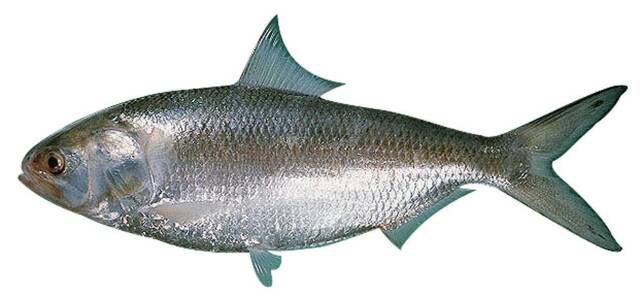
5. Yangtze River Shad
Yangtze shad is a common freshwater fish distributed in the middle and lower reaches of the Yangtze River and its tributaries in China. This species has an oval body, a slightly curved back, relatively flat sides, a pointed head, and a small mouth. Adult fish can reach more than 1 meter in length and weigh more than 10 kilograms. Yangtze River anchovy is popular for its tender meat and delicious taste, and is one of China's famous specialty ingredients. The best eating seasons for Yangtze River shad are spring and autumn every year, when the Yangtze River shad is the most plump and has the best nutritional value. Yangtze anchovy can be made into various dishes, such as steamed, braised, etc., and can also be made into processed foods such as dried fish. At the same time, Yangtze River shad is also rich in various nutrients, such as high protein, low fat, various amino acids and unsaturated fatty acids, which are beneficial to human health.
Yangtze wild shad is a precious freshwater fish with a limited quantity and is only found in the wild environment of the Yangtze River Basin and its tributaries in China, so the price is relatively high. Depending on market conditions, supply and demand and other factors, the price of wild shad in the Yangtze River may range from a few hundred yuan to thousands of yuan per catty. It should be noted that when purchasing, you should choose products with fresh, tender meat and no peculiar smell, and it is best to choose sellers through regular channels. In order to protect the precious species of Yangtze River shad, consumers are advised to choose products purchased through formal channels to prevent the purchase and sale of illegally caught shad.
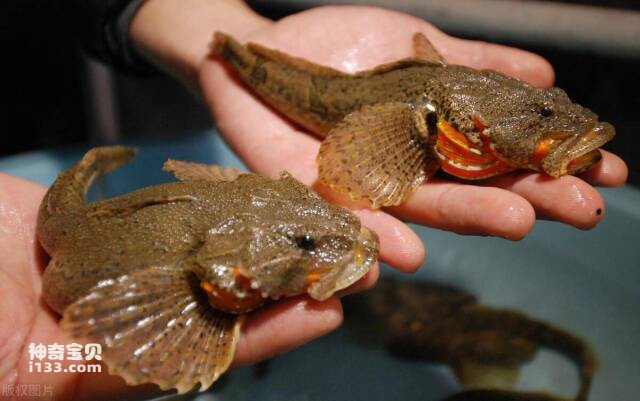
6. Songjiang seabass
Songjiang perch, also known as Shanghai perch and three-white perch, is a fish that is compatible with freshwater and saltwater and is produced in the waters surrounding Songjiang District, Shanghai, China. This species has a flat, oval body with a slightly arched back, a small and pointed head, and a large mouth. Adult fish can reach more than 60 centimeters in length and weigh more than 1 kilogram. Songjiang seabass is famous for its tender meat, delicious taste and rich nutrition. It can be made into various dishes, such as steamed, braised, etc., and the taste is very good. At the same time, Songjiang sea bass is also rich in various nutrients, such as high protein, low fat, calcium, zinc, etc., which are beneficial to human health. In addition to being edible, Songjiang seabass is also considered to have high medicinal value and is used in traditional Chinese medicine to treat a variety of diseases, such as nourishing yin and moisturizing dryness, replenishing qi and replenishing deficiency, etc. In addition, Songjiang seabass is one of the local specialties of Shanghai and is loved by local residents and tourists. Songjiang wild bass was once commanded at a high price of 2,000 yuan per catty. Based on the specifications of five or six fish per catty, the price of a palm-long adult bass is as high as 400 yuan.
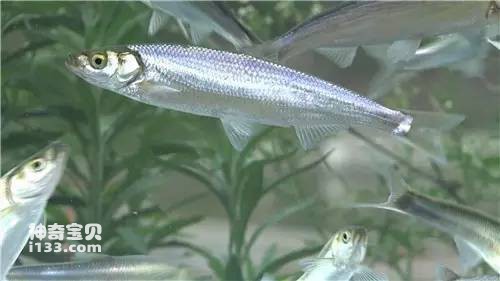
7. Wild anti-wave fish
Kanglang fish, also known as flood fish, finless porpoise, bullhead fish, etc., is a common freshwater fish distributed in the Yangtze River Basin and its tributaries in China. This species has a flat, oval-shaped body, a straight back, a wide head, small eyes, and a large mouth. Adult fish can reach more than 1 meter in length and weigh more than 10 kilograms. Kanglang fish is popular for its tender meat and delicious taste. It is one of China's famous specialty ingredients. In addition to being made into various dishes, Kanglang fish can also be made into processed foods such as dried fish and fish balls. At the same time, Kanglang fish is also rich in various nutrients, such as high protein, low fat, various amino acids and unsaturated fatty acids, which are beneficial to human health. In traditional Chinese medicine, Kanglangyu is also used to treat symptoms such as liver and kidney deficiency, weak muscles and bones, etc.
Wild Kanglang fish is almost extinct. Nowadays, the price of a pound of wild Kanglang fish can reach about 2,000 yuan. If it is caught in the local area, the price may be slightly cheaper, but even so it still costs 1,800 yuan per pound. It is worth noting that because the Kanglang fish grows in a natural environment and is less caught, it is currently listed as a national second-level protected animal. Therefore, in order to protect this precious species, consumers are advised to choose products purchased through formal channels to prevent the purchase and sale of illegally caught anti-wave fish.
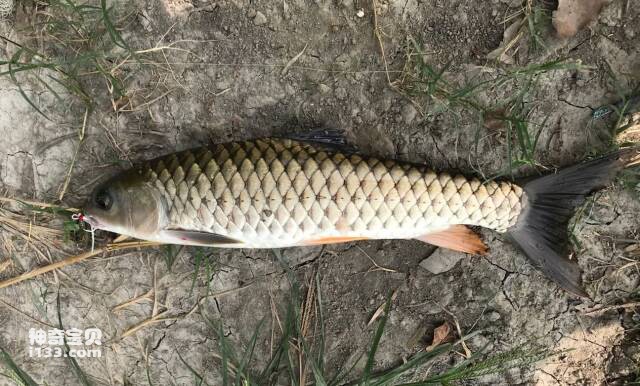
8. Military fish
Army fish, also known as cobia, grass carp, silver carp, grass carp, etc., is a common freshwater fish distributed in rivers, lakes and their tributaries in China. This species has a body with flat sides and an oval shape, a slightly arched back, a wide head and a small mouth. Adult fish can reach more than 1 meter in length and weigh more than 10 kilograms. Army fish is popular because of its tender meat, rich nutrition and affordable price. Army fish can be made into various dishes, such as steamed, braised, etc., and can also be made into processed foods such as dried fish. At the same time, military fish is also rich in a variety of nutrients, such as protein, calcium, zinc, etc., which are beneficial to human health.
The number of wild army fish is relatively small and the growth cycle is relatively long, so the price is relatively high. Depending on market conditions, supply and demand and other factors, the price of wild army fish may range from hundreds to thousands of yuan per catty. It should be noted that army fish has different names in different regions. In some places, farmed carp are also mistakenly called army fish, so you should pay attention to distinguish them when purchasing. In addition, during the purchase process, you should choose products with fresh, tender meat and no peculiar smell, and it is best to choose sellers through regular channels to ensure the quality and safety of the products.
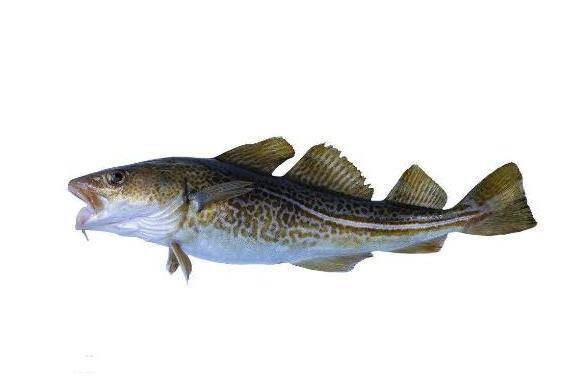
9. Huaiwang fish
Huaiwang fish, also known as Hongze Lake hairy crab, is a freshwater fish in Hongze Lake, Jiangsu Province, China. It has a plump body, bright color, tender meat and rich nutrition. It is a very famous delicacy in southern China. Huaiwang fish needs a warm, humid and nutrient-rich environment during its growth process, and has high requirements for water quality. Therefore, it can survive and reproduce in waters such as Hongze Lake, and it has become one of the local specialties. Huaiwang fish can be prepared in a variety of ways, such as steamed, braised, sweet and sour, etc. It has a very high taste and nutritional value and is deeply loved by consumers. At the same time, Huaiwang fish also has high medicinal value and is considered to nourish yin and moisturize dryness, nourish the kidneys and nourish essence, etc.
The price of wild Huaiwang fish varies depending on region, season, size and other factors. Generally speaking, in the areas around Hongze Lake, the price of wild Huaiwang fish is about RMB 200-400 per catty. But as supply decreases and market demand increases, prices may rise. It should be noted that due to the small number of wild Huaiwang fish and the gradually increasing awareness of protection, some merchants may pass it off as genuine and sell some fish that are not from Hongze Lake or do not meet the standards as Huaiwang fish. Consumers are purchasing Be careful when selecting and choose reliable sales channels.
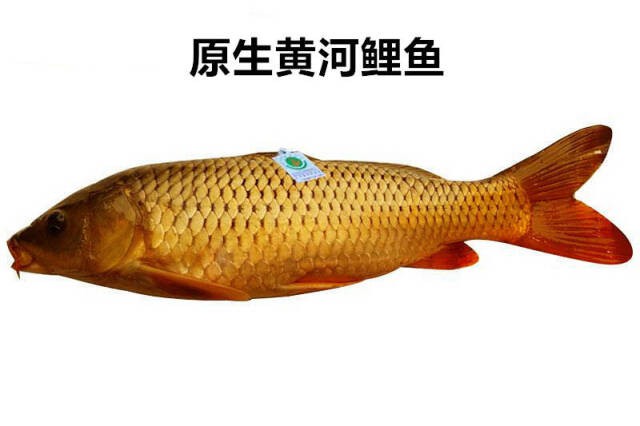
10. Yellow River carp
Yellow River carp is a freshwater fish that lives in the Yellow River Basin in China. It is also known as the "treasure of the Yellow River". Its body is oval, with flat and slightly tall sides, and a flat head. Usually the body length is 30-40 cm, the maximum can reach about 70 cm, and the weight can reach more than 2 kg. Yellow River carp is a typical benthic fish that mainly lives in the main stream of the Yellow River and its tributaries, the Huaihe River, the Haihe River, the Nenjiang River and other rivers. It feeds on plankton, algae and benthic animals, and likes to live in an environment with fast currents, luxuriant aquatic plants and clear water quality. Yellow River carp has delicate meat, rich nutrition and delicious taste, and is known as "the most delicious among river fish". In recent years, Yellow River carp has become one of the national key protected animals due to its rarity and conservation significance.
The price of wild carp in the Yellow River varies depending on region, size, season and other factors. Generally speaking, in markets near the Yellow River Basin, the price of wild carp from the Yellow River is about RMB 50 to RMB 100 per catty. But as supply dwindles, prices may rise. It is worth noting that due to the scarcity of wild carp in the Yellow River and the gradually increasing awareness of protection, some businesses may pass off fake carp as genuine and sell some non-Yellow River carp as wild carp in the Yellow River. Therefore, consumers should choose formal channels when purchasing and carefully screen to avoid being victimized by fraud.
animal tags:
We created this article in conjunction with AI technology, then made sure it was fact-checked and edited by a Animals Top editor.